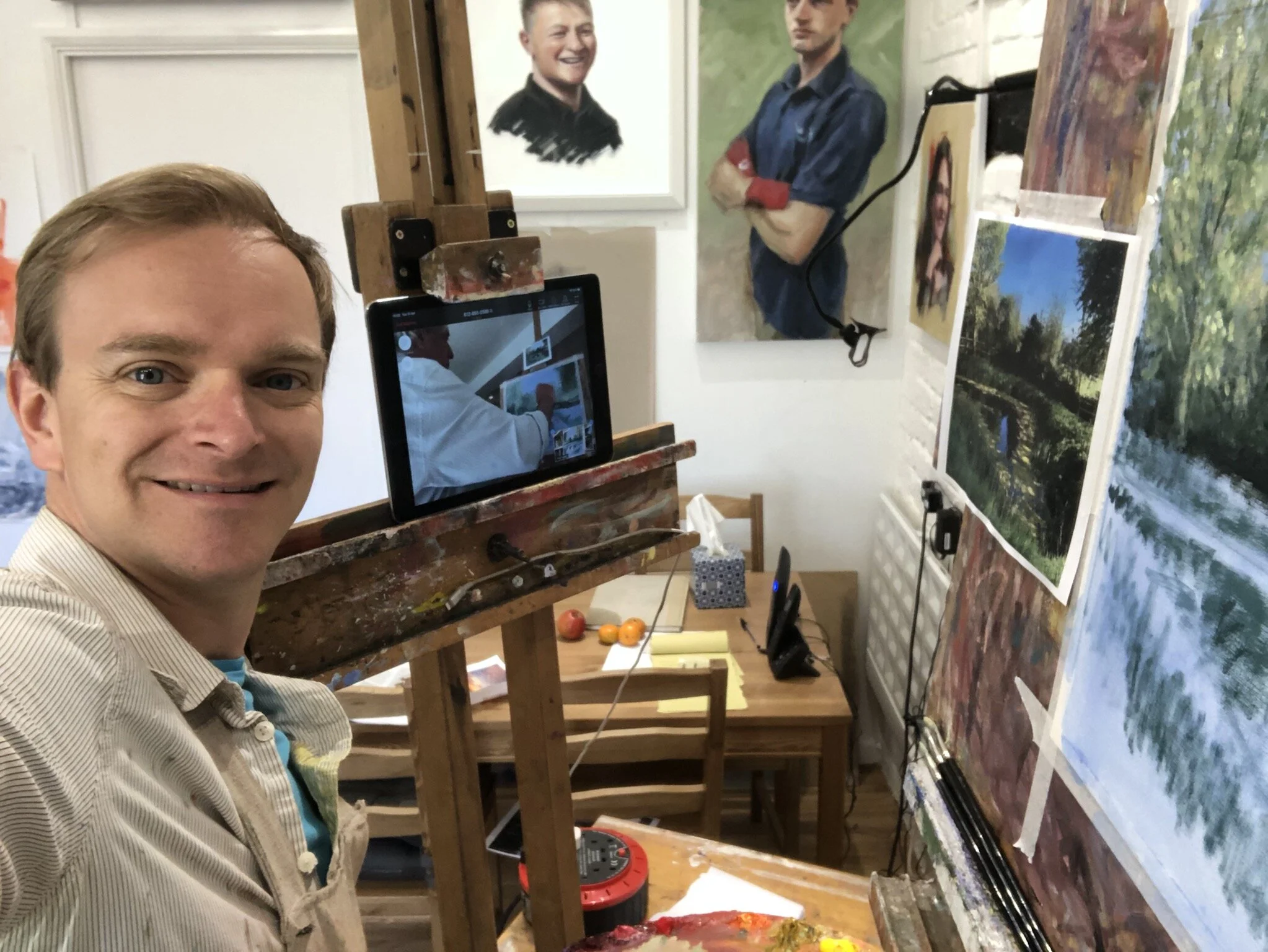Framing and Presenting Your Work
Episode 29: In this episode, Peter and Laura once again pick the brain of The Talented Mr B (aka Ben Boswell) where he shares his knowledge and advice on all things framing.
Peter and Laura have dragged the Talented Mr B out from behind his sound desk again to discuss different ways of getting your work looking its best.
Selling 2D art often comes with the additional responsibility of framing and presentation, adding that finishing touch to your work. It is so important that you get this right, putting an inferior frame around your picture will not do it justice so how should you approach this tricky subject. Peter and Laura have dragged the Talented Mr B out from behind his sound desk again to discuss different ways of getting your work looking its best.
*This episode was recorded before the restrictions imposed due to COVID-19*
In this episode
It is usually best to have a cohesive style to your framing. This does not mean all the frames need to be the same, only that they should work together well. This will help enormously if you are exhibiting.
If you have the time and the inclination, making frames is certainly something that you can learn. However, don’t go down this route unless you are prepared to do it properly: there is little charm in a badly made picture frame!
You can reduce the cost of framing by keeping to ‘standard’ sizes and buying ready-made frames, but this will limit you creatively to working to fit these sizes. Don’t be tempted to squeeze pictures into the wrong size of frame, it does not look good!
Be realistic in choosing frames. The frame must be at least the same quality as the work that you put in it, otherwise you risk losing sales because of the frame, but don’t go overboard or the cost of the frame might also lose you the sale!
When using a commercial framer, start out by getting one picture framed so that you can assess the service and the quality. Be open about this, let them know that you are looking to build a relationship with a framer to do all of your work. When you have decided to use a particular framer, work at the relationship; listen to their advice (they have more experience of framing than you) and try to be a good customer.
Consider the materials that are to be used; are they durable? Are they ‘conservation grade’ (will they affect the work they are supposed to protect)? Are they strong enough? Is the glass appropriate? Is the cord appropriate?
If you are mounting work to go in browsers then make sure that the work is adequately protected.
There is no single ‘right’ way to frame your work, but there are many ‘wrong’ ways! When you are framing your work remember that the picture is the star of the show and that the frame is the supporting cast.
The Takeaway
Review your framing regularly to make sure that it is doing what you need it to. As you develop as an artist, so your framing needs to move on too.






